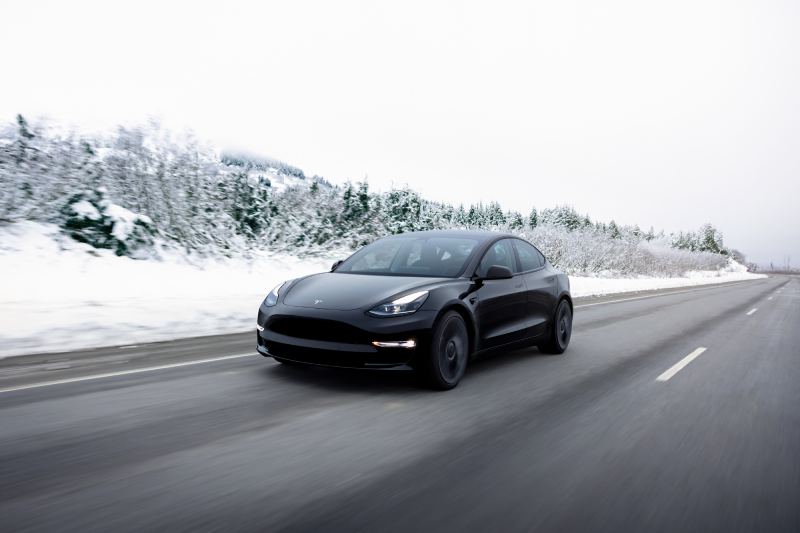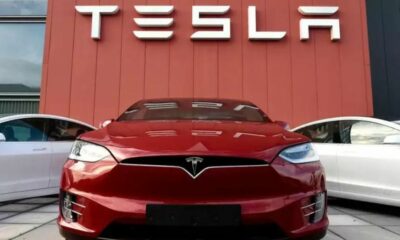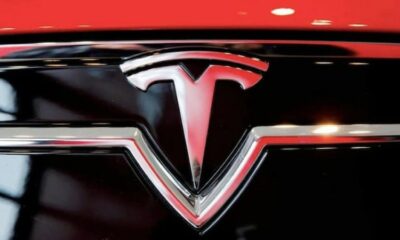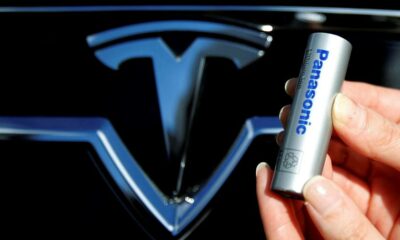Electric-vehicle sales seem to be traveling in two directions at once.
On the one hand, that EV sales are rising and that it seems like everyone and their brother is purchasing one, yet these claims are swiftly succeeded by alarming news reports that show the complete opposite.
For example, Hertz Global Holdings (HTZ), a major player in the car rental industry, recently announced that it intended to sell off about one-third of its global fleet of electric cars due to declining resale values and rising repair expenses.
According to the business, it will reinvest the earnings from the sale of about 20,000 EVs this year to purchase conventional gas-powered vehicles.
According to a new study by S&P Global Mobility, households with automobiles that run on internal combustion engines are more likely to switch to hybrid or plug-in hybrid vehicles than entirely electric ones.
Consequently, a number of automakers have shelved or canceled plans to increase the number of electric vehicles, and former President Donald Trump has attacked EVs, saying they’re “too expensive” and “don’t go far enough,” according to CNN.
EVs are a rapidly expanding auto market
However, according to Cox Automotive’s Kelley Blue Book, last year’s fastest-growing car-sales category was electric vehicles, which accounted for 7.6% of the U.S. vehicle market in 2023 (up from 5.9% in 2022).
With sales that were 52% higher than in the fourth quarter of 2022, EV sales set records for volume and market share.
From October until the end of December 2023, 317,168 EVs were purchased by Americans, accounting for 8.1% of total new automobile sales.
According to Stephanie Valdez Streaty, director of Industry Insights at Cox Automotive, “there is a strong momentum for more when it comes to EVs – more new product, more incentives, more inventory, more leasing, and more infrastructure – and that momentum is not going away.”
According to Streaty, it appears increasingly likely that internal combustion engine and electric vehicle (EV) transactions will be priced equally in the upcoming years.
She stated that purchasers, who currently consider EV pricing to be unaffordable, will benefit from this. She stated that “our team forecasts that EV share of the total U.S. market will reach 10% in 2024.”
However, the average cost of a new EV last month was estimated by Kelley Blue Book to be $50,789, indicating that EVs are still pricey.
Changes in tax incentives will benefit and hurt consumers in the next year. Dealers will be able to apply tax credits at the moment of sale, but fewer vehicles now qualify.
Additionally, Kelley Blue Book stated that the slowdown is real even though records were established.
According to Kelley Blue Book, “the EV market in the U.S. is still growing, but not as fast.”
That might be a challenge for Tesla, particularly in the fiercely competitive luxury market.
Cox: The EV ‘Year of More’ is 2024
With 55% of the electric cars that Americans bought last year coming from the Elon Musk-led company, Tesla (TSLA) continued to lead the EV industry.
“Tesla remains the undisputed champion of EV sales in the U.S.,” Kelley Blue Book said.
Although the sales numbers were lower than 65% in 2022, Kelley Blue pointed out that Tesla was able to hold onto its top spot in 2023 because to an intensive price-cutting drive.
The Model X full-size SUV saw a nearly 12% decline in sales, the Model Y midsize SUV saw a roughly 57% increase in sales, and the Model S luxury sedan saw a nearly 50% decline in sales.
Last year, the Model Y overtook the Toyota (TM) Corolla to become the best-selling car globally, making history as the first electric car to hold the top place.
“One of the most popular electric cars on the road thanks to excellent electric range, loads of in-car tech, and swift acceleration, especially in the Performance trim,” is how the auto review company Edmunds describes the Model Y.
Tesla surpassed BMW (BMWYY) by more than 156,000 registrations to become the best-selling luxury brand in the United States in 2022, according to Automotive News.
But in 2023, BMW and other German automakers performed well, reducing Tesla’s lead. Sales of BMW nearly tripled (up 191.3%) for the year and more than doubled (up 102% ) for the fourth quarter. 2023 saw sales of the BMW i4 and iX increase by 205% and 135%, respectively, year over year.
Mercedes-Benz MBGYY sales increased 90.4% in the fourth quarter and 225.7% in the entire year. With the EQS leading the way, it sold over 40,000 units of its EQ series models.
EVs made up 12.5% of all new BMW sales in the previous year. Additionally, Mercedes-Benz and Audi saw growth in their electric vehicle sales in 2023, making up 11.4% and 11% of all brand sales, respectively.
To put things in perspective, sales of Tesla’s high-end Model S and Model X fell by 50% and 12%, respectively, in 2023.
“The Cox Automotive Economic and Industry Insights team is calling 2024 ‘the Year of More’ when it comes to EVs,” the firm said. “More new product, more incentives, more inventory, more leasing, more infrastructure – all the more will combine to push EV sales higher in the year ahead.”
This could indicate that this year’s tendencies in the luxury car market hold true.


 Business4 weeks ago
Business4 weeks ago
 Health3 weeks ago
Health3 weeks ago
 Technology3 weeks ago
Technology3 weeks ago
 Sports3 weeks ago
Sports3 weeks ago
 Science3 weeks ago
Science3 weeks ago
 Business2 weeks ago
Business2 weeks ago
 Science2 weeks ago
Science2 weeks ago
 Science1 week ago
Science1 week ago













